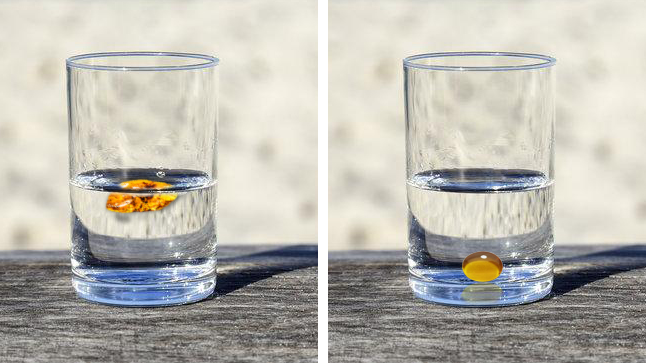|
|
|
The Beauty of Amber and Copal: Examining the Differences in Precious Stones
Amber and copal are two compelling forms of fossil resins that have been captivating humanity for centuries, casting a charm with their magnificent beauty and absorbing roots. Despite their shared commonalities, each possesses distinct traits that accentuate their uniqueness.
This artistic journey is beautifully exemplified by amberhats.com, a platform that showcases the fusion of fossil resins with craftsmanship. Amberhats.com presents an array of stunning jewelry and artifacts, where the timeless beauty of amber and copal is meticulously crafted into wearable art, further adding to their mystique and allure.

What makes amber different from copal?
Often lauded as "fossilized gold", amber is a prized gemstone, cherished for its warm, radiant hues and astounding encapsulation of history. Its birth dates back to millions of years ago when the resin of ancient trees underwent solidification and fossilization. The resultant amber presents an entrancing view into the annals of time, often trapping within its hardened and polished surface prehistoric insects, plants, and other organic remnants. This gemstone, historically significant, has been venerated for its mesmerizing beauty and its reputed medicinal and protective properties.
Contrarily, copal, colloquially known as "young amber", epitomizes a relatively nascent stage of fossilization. While it shares amber's origin story—solidification of tree resin over time—copal's inception is far more recent, dating back merely hundreds to thousands of years. This comparative youth manifests in copal's more translucent appearance as opposed to amber's opaque grandeur, while its more recent fossilization gives it a lighter weight and a fresher scent when warmed.
Despite the common bond of their fossilized origins and organic inclusions, amber and copal offer distinct narratives that set them apart. Amber, steeped in antiquity and mystique, showcases the timeless allure of bygone eras, whereas copal reflects a younger chapter in the fossilization narrative, providing a peek into a less distant past.
Be it the ageless charm of amber or the fresh vibrance of copal, these fossil resins consistently enthrall collectors, scientists, and hobbyists alike. They serve as tactile links to the prehistoric world, connecting our modern-day reality with the enigmas of past epochs. With their stunning hues, organic inclusions, and absorbing histories, amber and copal stand as awe-inspiring wonders of nature, echoing the enduring narrative of our planet's past.
The beauty and allure of amber and copal have paved the way for artificial resins, which are commonplace imitations of natural resins. Substances like plastics, epoxy, lucite, lacquers, and an array of petroleum products fall under this umbrella. Their chemical composition is strikingly similar, and they can be crafted to resemble the appearance of natural copal and amber. Nevertheless, they can be differentiated from the genuine stones; for instance, while natural resins float in saturated saltwater, their artificial counterparts tend to sink. 
Understanding Amber Treatments
Amber has been subjected to various treatments for generations. Unlike some crystalline gems, amber exhibits a property known as thermoplasticity, which allows it to soften, melt, and reform. Although a significant portion of amber remains natural, barring shaping and polishing, lower-grade samples are often repurposed to create larger pieces from smaller ones. Historically, despite these treatments, the end result remained true amber or copal, leaving identifiable traces for a trained eye. As technology advanced, new treatments were introduced. This article delves into these treatments and their differentiation methods.
Deciphering Amber and Copal
Correctly distinguishing between amber and copal can be a daunting task, exacerbated by the need to recognize and identify the myriad treatments they undergo. These treatments are continually increasing in number and sophistication. A treatment increasingly seen is autoclave-treated copal, including the greened variety, yet many misconceptions persist about this material.

Exploring the Copal Variants
Copal, an entrancing fossil resin, comprises an array of types that have seized the attention of collectors, scientists, and hobbyists alike. Each type brandishes unique traits, origins, and captivating narratives from the distant past. Let us journey into the world of copal, exploring the fascinating varieties spanning different regions and eras.
The primary types of copals are African, Japanese, Colombian, Kauri, and Madagascar copal. Additionally, copal can also be located in India, Indonesia, including Sumatra and Borneo Islands, Malaysia, and the Philippines.
Through the ages, the multifaceted use and value of amber and copal have transcended beyond mere aesthetics, influencing scientific study, various cultural practices, and alternative therapeutic applications, making these fossil resins even more fascinating.
|
|
|
|
|



